- Home
- Products
- About Us
- Company
- Service
- Solution
- Contact Us
News Details
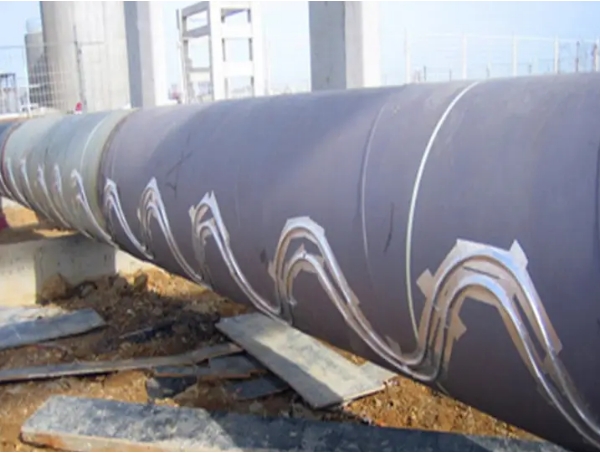
21
Jun
Principles for Selection and Design of Constant Power Electric Tracing Belt
The selection and design principles are crucial when constructing an electric heat tracing system. The core lies in accurately calculating the number of watts of heat loss that the pipeline needs to compensate for to maintain a specific temperature, and selecting appropriate specifications and quantities of electric heat tracing belts for heat compensation based on this. When selecting electric heating belts, we need to consider the following four key dimensions.

1. Matching heat demand with power
Firstly, we need to determine the required electric heat tracing power through precise heat calculation. This step is crucial because only when the heat compensation provided by the electric tracing system is not less than the actual maximum heat dissipation of the pipeline, can the stability of the pipeline temperature and the effectiveness of the tracing effect be ensured.
2. Power supply conditions and types of electric heating belts
When choosing an electric heat tracing belt, we must consider the power supply conditions, grid load, and the length of use of the electric heat tracing belt. These factors will determine whether we choose parallel or series electric heat tracing, as well as whether to use single-phase or three-phase power supply. For example, long-distance transmission pipelines are usually more suitable for using series electric heat tracing belts, while pipeline systems may be more inclined to choose constant power parallel electric heat tracing belts. For shorter pipelines, constant power parallel electric heat tracing may be a more economical choice.
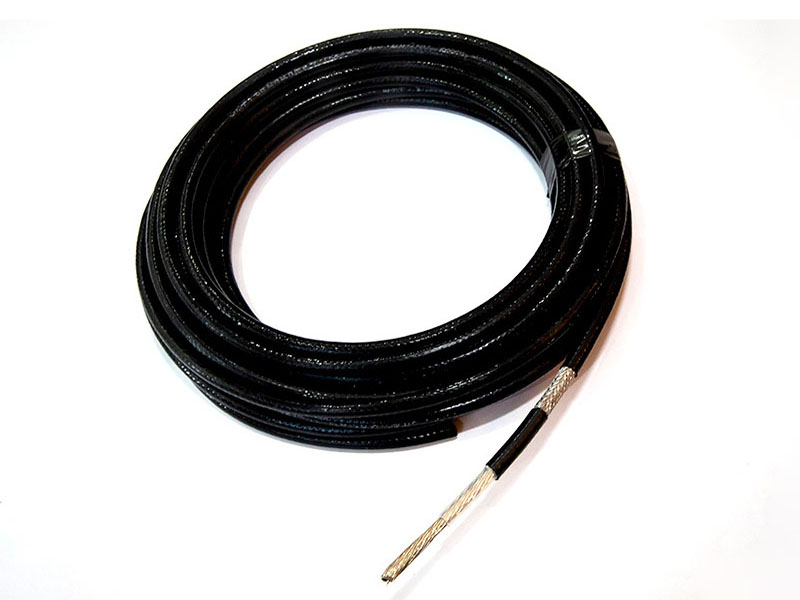
3. Accurate calculation of the total length of the electric heating belt
After determining the required type of electric heating strip, we need to calculate the total length of the required electric heating strip based on the dimensions of the pipeline and container. In addition, equipment, valves, and instrumentation on pipeline attachments also need to be taken into account, and can usually be estimated as an additional length of 10% of the total pipeline length.
4. Place of use and electric heating belt structure
Finally, we must determine the structure of the electric heating belt based on its usage location. Different work environments may have different requirements for the structure and performance of electric heat tracing belts. For example, in humid or corrosive environments, it may be necessary to choose an electric heat tracing belt with a special protective layer to ensure its long-term stable operation.
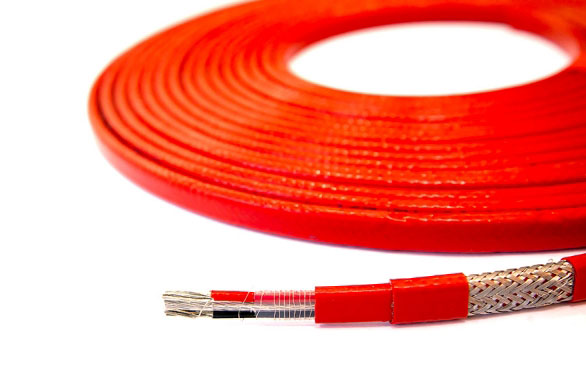
In summary, the selection and design of electric heat tracing systems is a comprehensive consideration process that requires us to start from multiple dimensions to ensure that the selected electric heat tracing belt can meet the actual needs of the pipeline and the requirements of the operating environment.
 English
English Español
Español Français
Français Русский
Русский العربية
العربية

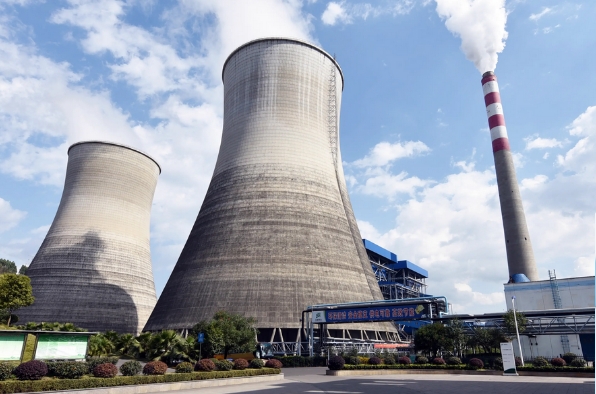
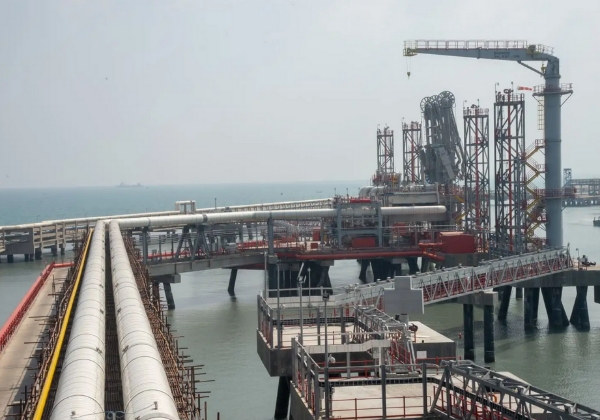
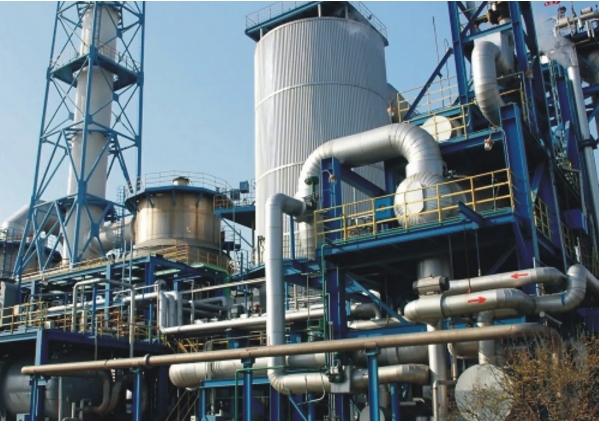
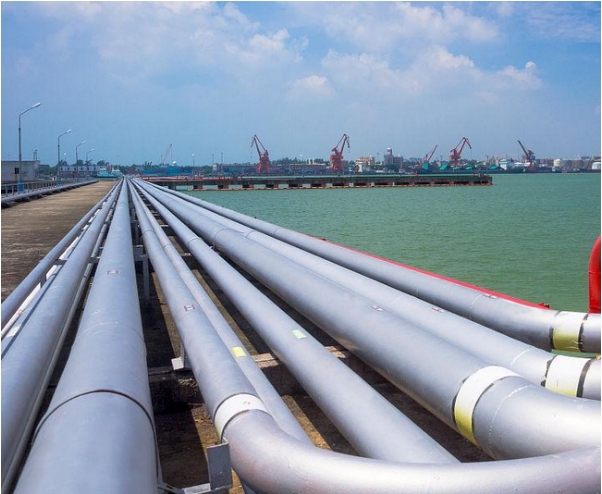
Welcome to send your message to us